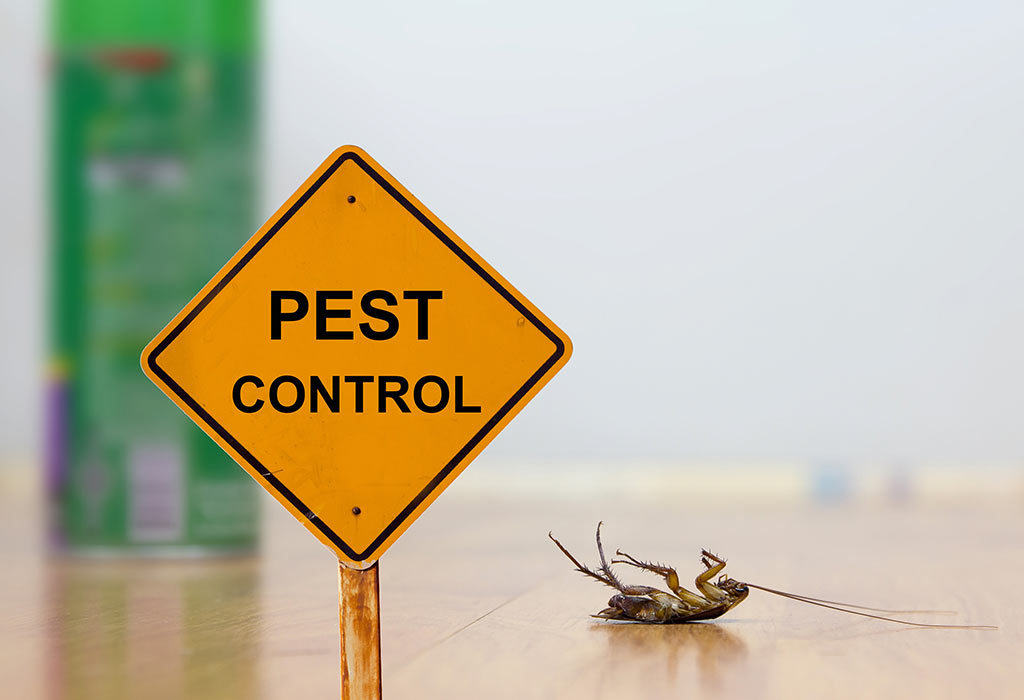
Pest Control, as any exterminator will tell you, is very important when you want to reduce the number of pests you have to deal with. In fact, a clean house can help improve your health. It is a proven fact that if you avoid contact with pests, you are less likely to get sick, so you save yourself money on medicine. And cleaning up the mess they create will prevent them from living in your home in the first place.
However, it is not only the health benefits that make pest control treatments worth their while. While the risk of being infested by harmful insects may seem small, when you add them all up, you can quickly see how much those few dollars per treatment can add up. As mentioned above, there are several different pest control techniques available for you to select from, but they are often loosely classified into six categories: Chemical, Biological, Mechanical, Fumigation, Heat Treatment and Fogging. Each method can solve pest problems to varying levels of efficiency based on the size of the infested area, the kind of infestation and on the kind of pests involved.
Chemical Pest Control involves applying poisons or pesticides (weed killer, insecticide, etc) to kill insects that may cause harm. While this may cause long term harm to you and to other people, chemical-based pest control is effective because it is designed to last for a long period of time. If you suspect that your home may cause outbreaks, try calling a local Pest Control company and asking what the best practices are. They should be able to give you an accurate assessment and recommend options.
There are several kinds of insecticides, some more toxic than others. If you’re dealing with larger insect infestations, choose a less toxic type. Some commonly used pesticides include fipronil (Imidacloprid), carbofuran (Dursban), methoxychlor ( Methotrexate), propoxur (Paraoxodont), tetracycline ( Terpenesulfan), sulfothiazide (Laminate), imidazlumetone (Mibulet) and borax (Aphthasol). The less toxic pesticides include atropicin (Atovaquone), carbaryl (Carprofen), lindane (cloth stain), malathion, naproxen, perchloratidyl (Purinethol), pyrethroids (Osmocote, Spectracide) and nitrate-based pesticides (nitarbazide, nitrates). Pesticides are grouped into two main categories: organic and inorganic.
Mechanical pest control methods involve traps, sprays, and selective feeding as well as bait stations. You can use baits to prevent mice from getting to your food. In case infestation is already widespread, the best way to get rid of mice and rats is to use traps and sprays.
Mechanical pest control can be done with traps that have a catch tray that has the rodents or other pests inside. These traps can be made of wire mesh or plastic. You can also try to set up feed stations where your animals can have unlimited access to grains, fruits and vegetables. Remember that all pests have the instinct of survival, so if there are plenty of fruits and vegetables around, they will not venture far from their source of nourishment.